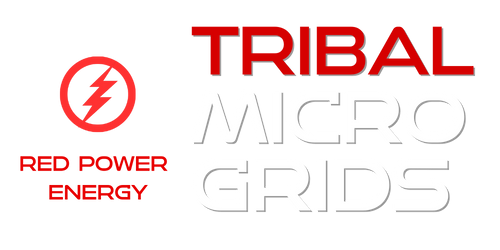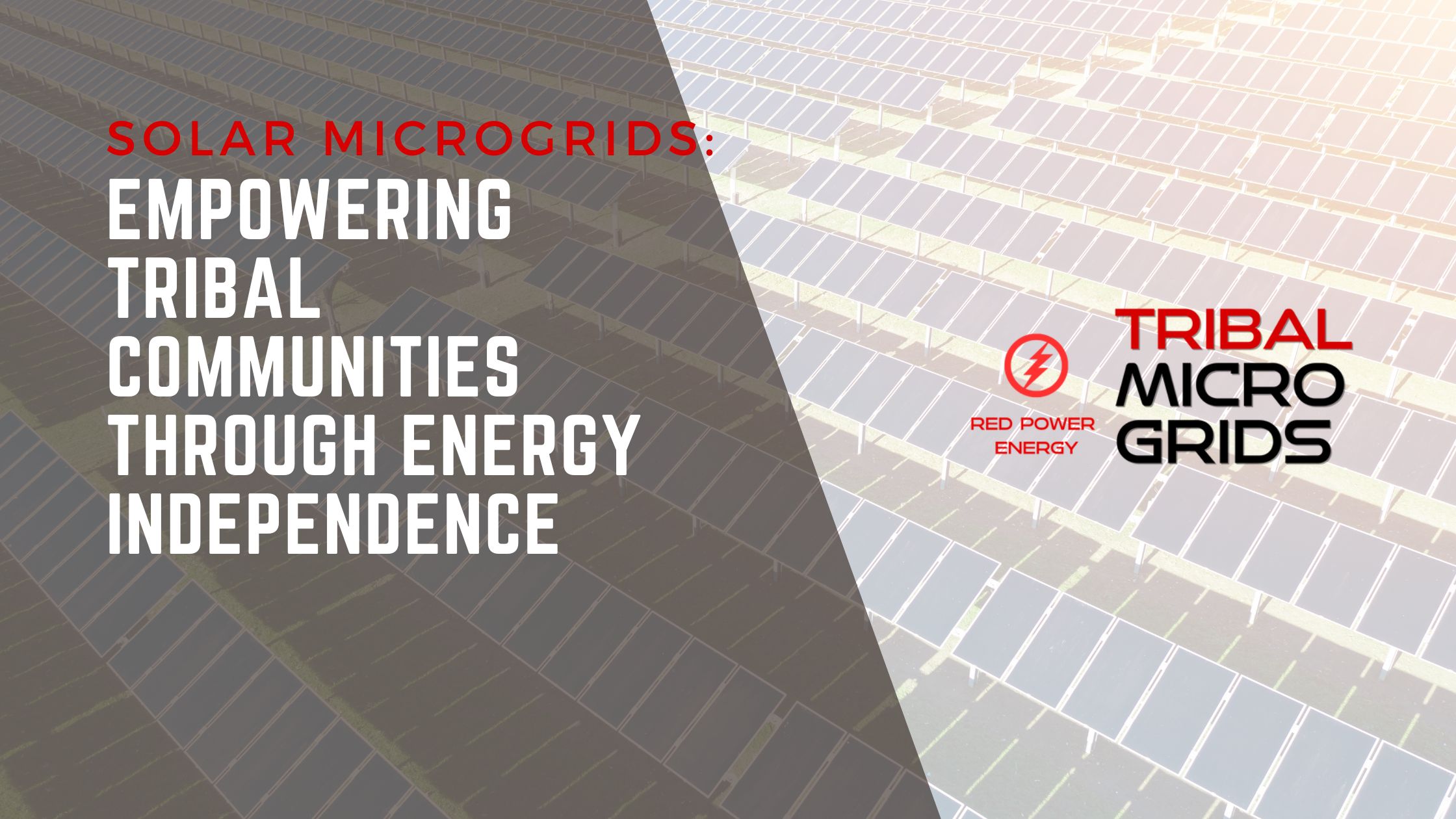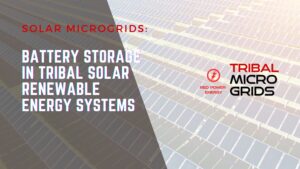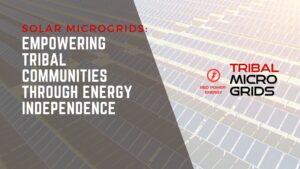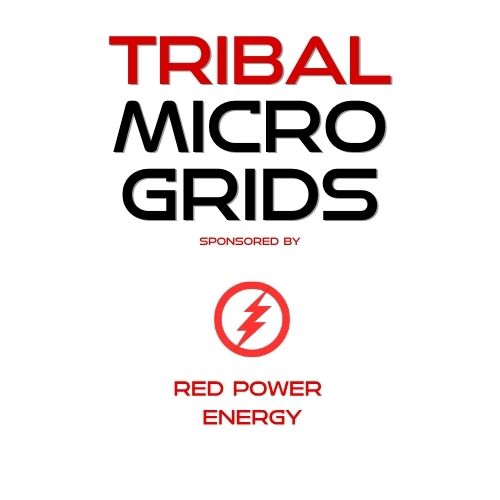Solar Microgrids: Empowering Tribal Communities Through Energy Independence
TLDR: Discover how solar microgrids are revolutionizing tribal energy independence, providing sustainable power solutions and economic growth for Native American communities.
The intersection of solar technology, tribal sovereignty, and energy independence is creating unprecedented opportunities for Native American communities across the United States. As tribes seek to break free from traditional power grids and establish their own sustainable energy solutions, solar microgrids have emerged as a powerful tool for both environmental stewardship and economic development. This comprehensive guide explores how tribal communities are leveraging solar microgrids to achieve energy independence while preserving their cultural heritage and building resilient futures.
Understanding Solar Microgrids in Tribal Contexts
Solar microgrids represent a revolutionary approach to power generation and distribution, particularly well-suited to tribal lands’ unique challenges and opportunities. These self-contained electrical networks combine solar panels, energy storage systems, and smart distribution technology to provide reliable, clean energy to specific geographic areas.
For tribal communities, microgrids offer several distinct advantages:
- Local control over energy resources
- Reduced dependence on external power sources
- Enhanced reliability in remote locations
- Lower long-term energy costs
- Job creation and economic development opportunities
The Economic Impact of Tribal Solar Projects
The implementation of solar microgrids in tribal areas generates substantial economic benefits. Initial investments in solar infrastructure create immediate employment opportunities, while ongoing operations and maintenance provide sustainable jobs for community members. Studies show that tribal solar projects can reduce energy costs by 30-50% compared to traditional power sources, freeing up resources for other critical community needs.
Financial Benefits:
- Reduced utility costs for tribal members
- Revenue generation through excess power sales
- Increased property values
- Attraction of clean energy businesses
- Access to federal grants and tax incentives
Environmental Stewardship and Cultural Preservation
Many tribal nations view solar microgrids as a natural extension of their traditional role as environmental stewards. These systems align with indigenous values of living in harmony with the land while meeting modern energy needs. Solar installations can be designed to minimize environmental impact and preserve sacred sites, demonstrating how technology can support rather than compromise cultural values.
Technical Considerations and Implementation
Successful implementation of tribal solar microgrids requires careful planning and consideration of various technical factors:
Site Selection
- Solar resource assessment
- Land use compatibility
- Grid connection possibilities
- Environmental impact studies
- Cultural site preservation
System Design
- Load calculation and sizing
- Storage capacity requirements
- Redundancy and backup systems
- Weather resistance features
- Scalability options
Policy Framework and Funding Opportunities
The development of tribal solar projects is supported by various federal and state policies:
Federal Programs:
- Tribal Energy Loan Guarantee Program
- Department of Energy Tribal Energy Grants
- Rural Utilities Service Electric Programs
- New Market Tax Credits
State Initiatives:
- Renewable Portfolio Standards
- Net metering policies
- State-specific tribal energy incentives
- Green energy development zones
Case Studies: Success Stories in Tribal Solar
Blue Lake Rancheria Tribe
The Blue Lake Rancheria Tribe in California implemented a sophisticated microgrid system that:
- Reduces carbon emissions by 200 tons annually
- Saves $200,000 in energy costs yearly
- Provides emergency power during regional outages
- Creates local jobs in renewable energy
Navajo Nation Solar Projects
The Navajo Nation’s ambitious solar initiatives demonstrate how large-scale projects can transform tribal energy landscapes:
- Multiple utility-scale solar installations
- Training programs for tribal members
- Revenue generation through power export
- Replacement of coal-based employment
Challenges and Solutions
While solar microgrid implementation presents significant opportunities, tribes face various challenges:
Common Challenges:
- Initial funding requirements
- Technical expertise gaps
- Regulatory complexity
- Infrastructure limitations
- Maintenance considerations
Solutions:
- Creative financing mechanisms
- Workforce development programs
- Partnerships with experienced developers
- Phased implementation approaches
- Community engagement initiatives
Future Prospects and Innovations
The future of tribal solar microgrids looks promising, with emerging technologies and trends including:
- Advanced battery storage systems
- Smart grid integration
- Blockchain-based energy trading
- Virtual power plant capabilities
- Enhanced weatherization features
FAQs
Q: How much does a tribal solar microgrid typically cost?
A: Costs vary significantly based on size and complexity, typically ranging from $500,000 for small systems to several million dollars for larger installations.
Q: What funding sources are available for tribal solar projects?
A: Funding sources include federal grants, state incentives, private investors, and tribal resources.
Q: How long does it take to implement a solar microgrid?
A: Implementation typically takes 12-24 months, including planning, permitting, construction, and commissioning.
Q: What maintenance is required for solar microgrids?
A: Regular maintenance includes panel cleaning, equipment inspection, battery maintenance, and system monitoring.
Q: Can tribal solar projects generate revenue?
A: Yes, through power sales to utilities, carbon credits, and reduced energy costs.
Conclusion: Empowering Future Generations
Solar microgrids represent more than just an energy solution for tribal communities – they embody a path toward greater sovereignty, economic development, and environmental stewardship. As more tribes embrace this technology, they’re not only securing their energy independence but also creating sustainable legacies for future generations.
The success of tribal solar initiatives demonstrates that renewable energy can effectively bridge traditional values with modern needs, creating resilient communities while preserving cultural heritage. As technology advances and implementation costs decrease, solar microgrids will likely play an increasingly vital role in tribal energy independence and economic development.
Call to Action
For tribal leaders and community members interested in exploring solar microgrid options:
- Contact federal and state energy offices
- Consult with experienced tribal solar developers
- Engage community members in planning processes
- Explore available funding opportunities
- Consider partnerships with neighboring communities
The path to energy independence through solar microgrids is clear, and the time for tribal communities to act is now.
